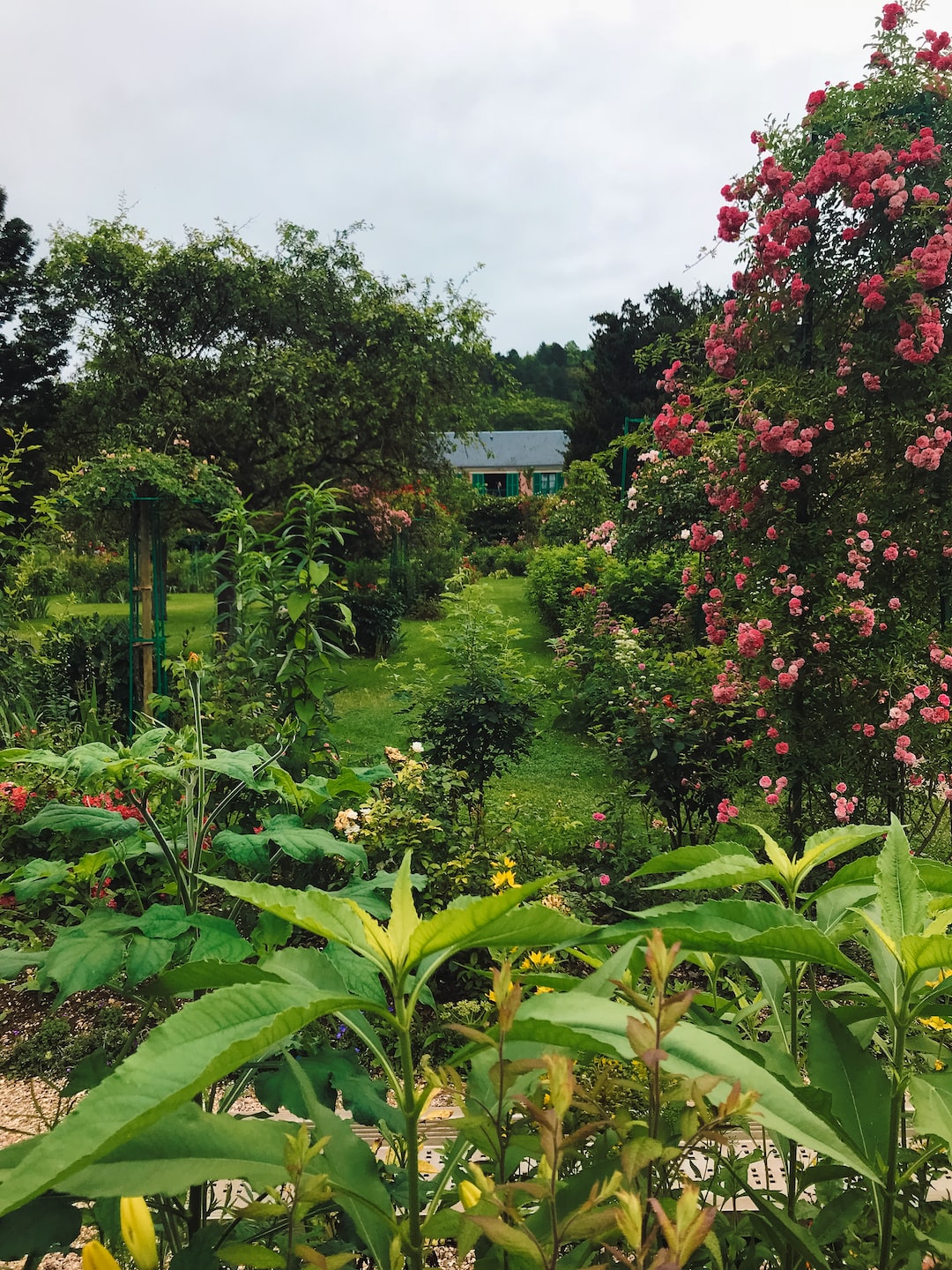Roses are often considered to be the most beautiful and romantic flowers, and growing them in your garden can bring immense joy and satisfaction. However, many people shy away from planting roses due to the perception that they require a lot of effort and maintenance. In this blog post, we will guide you through the process of growing stunning roses in your garden, ensuring that they thrive and bring beauty to your outdoor space.
1. Select the right roses: Before you dive into growing roses, it is essential to choose the right varieties that suit your climate and soil conditions. Some roses are more prone to disease, while others require specific care. Research about different rose varieties and their specific needs, such as disease resistance, growth habits, and color preferences, and select the ones that align with your preferences and garden conditions.
2. Find the perfect spot: Roses thrive in full sunlight, so select a location in your garden that receives at least six hours of direct sunlight each day. Ensure that the soil in the chosen area is well-draining but also capable of retaining some moisture. Avoid planting roses in low-lying areas where water tends to accumulate and roots can become waterlogged.
3. Prepare the soil: Before planting, it is essential to prepare the soil. Roses prefer slightly acidic soil with a pH level of around 6.0 to 6.5. Test your soil’s pH level using a home testing kit or send a sample to a local extension service for analysis. If your soil is too alkaline, amend it by adding organic matter such as compost, peat moss, or well-rotted manure to lower the pH level.
4. Planting: Start by digging a hole that is wide and deep enough to accommodate the rose’s root system. Remove any rocks or debris from the hole, and mix the soil with compost or well-rotted manure to enrich it further. Gently place the rose plant in the hole, ensuring that the bud union (the swollen area at the base of the plant) is at or slightly above ground level. Backfill the hole with soil, firming it gently around the plant. Water thoroughly to settle the soil.
5. Watering and mulching: Roses require regular watering, especially during dry periods. Provide the plants with one inch of water per week, either through rainfall or manual watering. To maintain moisture and suppress weeds, apply a layer of organic mulch around the base of the plants. Mulch also helps regulate soil temperature and keeps it cool during hot summer months.
6. Pruning and deadheading: Regular pruning is crucial for promoting healthy growth and abundant blooms. Prune roses in early spring before new growth begins, removing dead or damaged wood, as well as any crossing or crowded branches. Additionally, deadheading or removing spent blooms encourages the plant to produce new flowers.
7. Disease and pest control: Roses are susceptible to various diseases and pests, such as black spot, powdery mildew, aphids, and Japanese beetles. Monitor your plants regularly and take prompt action if you notice any signs of trouble. Use organic or chemical sprays as necessary to control pests and apply recommended fungicides to prevent disease outbreaks.
Growing stunning roses in your garden is undoubtedly a rewarding experience that can fill your space with beauty, fragrance, and vibrant colors. By selecting the right varieties, providing the proper growing conditions, and maintaining adequate care, you can enjoy a flourishing rose garden that will be the envy of all who see it. So, why wait? Start planting your own garden of roses and embark on a journey of natural beauty.
